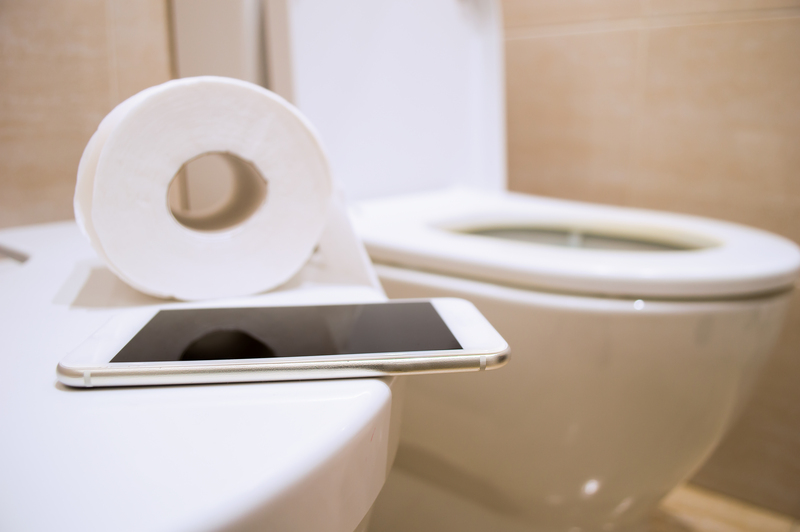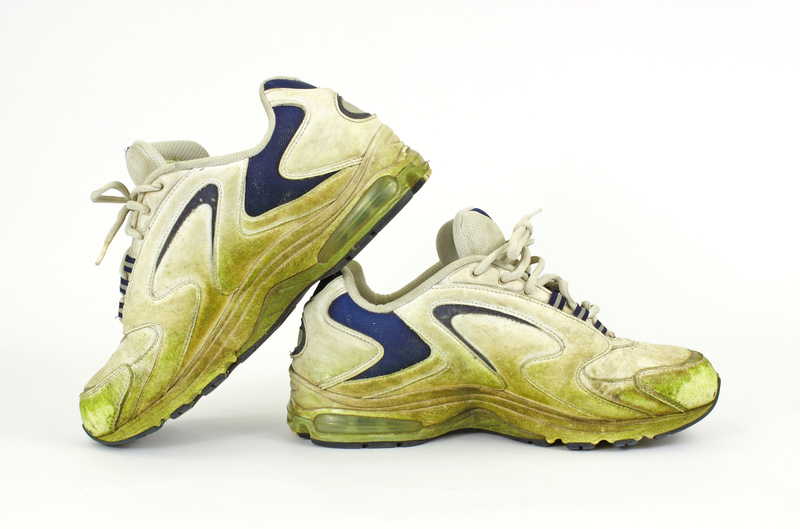A Step-by-Step Guide to Keeping Velvet Curtains Pristine During Washing
Velvet curtains add a touch of luxury and elegance to any room, but their opulent texture requires special care, especially when it comes time to wash them. Unlike ordinary drapes, velvet curtains need meticulous cleaning to maintain their sumptuous appearance and soft feel. This comprehensive and informative guide will walk you through everything you need to know about cleaning velvet drapes and ensuring your curtains remain pristine wash after wash.

Why Velvet Curtains Require Special Care
Before diving into the step-by-step process for washing velvet curtains, it's important to understand why these luxurious window dressings demand special attention. Velvet is a soft, plush fabric made from silk, cotton, or synthetic fibers. Its signature depth and sheen arise from its dense, pile weave, which can easily be crushed or distorted by improper cleaning methods. Ignoring proper care may lead to irreversible damage, loss of texture, and color fading.
- Delicate fibers: Velvet can be made from cotton, silk, or polyester, each requiring different levels of care.
- Pile weave: The raised fibers are prone to flattening if handled roughly or washed incorrectly.
- Color retention: Strong detergents or harsh washing methods can strip the fabric of its vibrant hue.
- Water sensitivity: Excessive water exposure can warp the weave or cause shrinkage in certain types of velvet.
Essential Preparations Before Washing Velvet Curtains
Proper preparation makes all the difference when it comes to caring for velvet curtains. Take these crucial steps before washing to ensure the longevity and luster of your drapery:
1. Read the Manufacturer's Care Instructions
Whether you're dealing with cotton velvet curtains or synthetic options, always start with the care label. Some velvet curtains are dry clean only, while others may tolerate hand or machine washing. If in doubt, consult the manufacturer's guidelines.
2. Remove Dust and Loose Debris
Use a soft-bristle brush or a gentle vacuum (with a brush attachment) to remove surface dust and debris. This step prevents dirt from embedding deeper into the fabric during washing.
3. Spot Test Cleaning Solutions
Test your chosen cleaning solution on an inconspicuous spot of the curtain to check for colorfastness and adverse reactions. If the color bleeds or the texture changes, refrain from using that cleaner.
4. Remove Hardware
Unhook the velvet drapery from all rods, rings, and weights to ensure even cleaning and prevent damage to both the hardware and fabric.
Washing Velvet Curtains: Step-by-Step Method
Now that you've prepared your curtains, it's time to move on to the actual process of keeping your velvet drapes pristine while washing. Depending on the curtain's material, you can either hand-wash, machine-wash (if permitted), or opt for dry cleaning.
Step 1: Choose the Best Washing Method
- Dry Cleaning: Most recommended, especially for silk velvet curtains or those labeled "dry clean only." The specialized solvents and gentle treatment are least likely to damage the texture or luster.
- Hand Washing: Suitable for cotton or polyester velvet drapes that allow water cleaning. Always use cold water and a gentle detergent.
- Machine Washing: Only for robust synthetic velvet, and only when explicitly stated by manufacturer. Use the delicate cycle and place curtains inside a large mesh laundry bag.
Step 2: Prepare the Washing Solution
Fill a basin or tub with cold water -- hot water can shrink or damage velvet's pile. Use a small amount of mild laundry detergent, formulated for delicates. Harsh chemicals or bleach should be strictly avoided.
Step 3: Gently Wash the Curtains
If hand washing velvet curtains:
- Submerge the curtains slowly in the soapy water, supporting the fabric at all times.
- Gently agitate the water to distribute the soap, but do not rub, wring, or scrub the velvet.
- Let the curtains soak for up to 15 minutes, turning them occasionally to promote even cleaning.
If using a washing machine:
- Place the velvet curtains in a large mesh bag to protect them.
- Select the gentlest or delicate cycle, with cold water and lowest possible spin speed.
- Do not overload the machine; ensure the curtains move freely.
Step 4: Rinse Thoroughly
Drain the soapy water and refill the basin with cool, clean water. Submerge the curtains several times to rinse out all detergent residue. Repeat the rinse process as needed until water runs clear, as leftover detergent can cause build-up and harm the pile.
Step 5: Gently Remove Excess Water
After rinsing, avoid wringing or twisting the velvet. Instead:
- Support the curtain with both hands and gently press (do not squeeze hard) to remove water.
- Lay the curtain flat on a clean, dry towel and roll it up to soak up moisture.
- Unroll and, if needed, repeat with a fresh towel.
Drying Velvet Curtains Properly
Air drying is the safest option for velvet curtain care. High heat can deform, shrink, or burn velvet's fibers. Here's how to handle drying:
1. Lay Flat to Dry
Spread the damp velvet curtain on a flat, clean surface (a drying rack or heavy towel is ideal). Arrange it carefully in its original shape, with no folds or creases that could set while drying. Keep out of direct sunlight, as UV rays can fade colors.
2. Hang to Dry
Alternatively, hang the curtain on a sturdy hanger or shower rod. Be sure to use padded hangers to prevent creases or marks. Let gravity assist in straightening the fabric as it dries, but avoid hanging while excessively wet to prevent stretching.
Never Use a Tumble Dryer
Intense heat and mechanical action can crush the delicate pile and cause irreversible damage to velvet curtains. Skip the dryer entirely.
Restoring Velvet Curtain Texture After Washing
Even with the best care, the plush pile of velvet draperies may look flattened after washing. Restoring that luxurious finish is an important final step:
1. Steam to Lift the Pile
Once your curtains are fully dry, use a handheld garment steamer or the steam function of your iron (without directly touching the fabric):
- Hold the steamer/iron a few centimeters away from the velvet.
- Move in long, smooth strokes down the length of the fabric.
- Gently brush the pile upward with a soft clothes brush as you steam.
2. Brushing for a Fluffy Finish
After steaming, use a velvet brush or a soft-bristle clothes brush to raise and realign the pile. This will help restore the curtain's original softness and appearance.
Professional Cleaning vs. DIY: Which Is Best?
Deciding whether to clean your velvet curtains at home or entrust them to a professional cleaner depends on several factors:
- Type of velvet: Silk velvet and antique velvets are best left to professionals due to their delicacy.
- Size and weight: Large or extremely heavy curtains are difficult to handle and may require professional equipment for proper cleaning and drying.
- Stains and odors: Tough stains or persistent odors may necessitate professional-grade solvents and treatments.
- Care label: Trust the manufacturer's instructions above all; if it says dry clean only, heed the warning.
For polyester and cotton velvet curtains with simple stains or light soiling, DIY washing is safe and cost-effective if you follow the right procedure.
Tips for Maintaining Velvet Curtains Between Washes
Regular maintenance minimizes how often you need to deep clean your velvet curtains, keeping them looking plush and new longer:
- Dust weekly: Gently vacuum with a brush attachment or shake out curtains to prevent dust accumulation.
- Spot clean promptly: Blot spills with a dry, absorbent cloth--never rub! Use small amounts of gentle fabric cleaner if needed.
- Fluff the pile: Periodically brush the velvet surface with a soft clothes brush.
- Block sunlight: Limit direct exposure to sunlight to prevent fading.
- Rotate periodically: Switch sides or panels to ensure even wear and color retention.

FAQs About Velvet Curtain Care
- Can all velvet curtains be washed at home?
- No. Always check the care label first. While many cotton and synthetic velvets can be hand-washed, silk velvet and antique curtains should be dry cleaned exclusively.
- What's the best way to remove a stain from velvet curtain fabrics?
- Blot gently with a dry cloth, then use a solution of mild detergent and cold water. Always test first on a hidden area. For tough stains, consult a professional.
- How often should velvet draperies be washed?
- Wash velvet drapes only once or twice a year, or when visibly soiled. Overwashing can wear away the pile and cause fading.
- Is steaming velvet safe?
- Yes, steaming (without direct contact) is the best way to refresh and lift the pile after washing. Avoid using a hot iron directly on velvet.
Conclusion: Keep Your Velvet Curtains Looking Exquisite
Velvet curtains are a worthwhile investment in home decor, offering unmatched richness and softness. With the proper care routine, these luxurious draperies can maintain their dazzling appearance for years. Always remember to read care instructions, handle velvet gently through every step of the washing process, and dry with patience. Steaming and brushing complete the process, reviving pile and texture. By following this in-depth, step-by-step guide, your velvet curtains will look as breathtaking and pristine as the day you hung them.
- Keep up with regular maintenance to reduce the frequency of deep cleanings.
- Choose professional cleaning if you're unsure of your curtain's fiber content or have stubborn stains.
- Handle with extra care to enjoy the beauty and comfort of velvet curtains for years to come.
For more home care advice and curtain cleaning tips, bookmark this page and return whenever your velvet curtains need refreshing!



